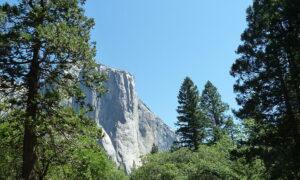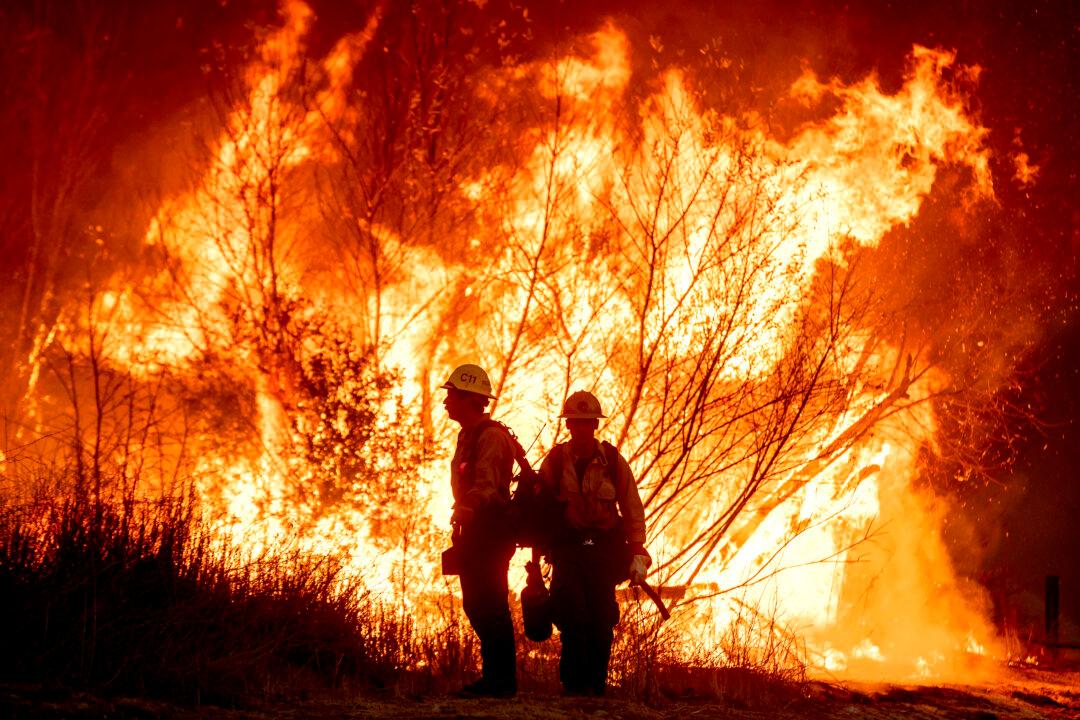Three California lawmakers introduced a bill in Congress April 16 to expand Joshua Tree National Park in Southern California.
The authors, U.S. Sens. Alex Padilla and Laphonza Butler (D-Calif.) and Rep. Raul Ruiz (D-Palm Desert), also urged President Joe Biden to use his authority under the Antiquities Act of 1906 to designate the Chuckwalla National Monument in eastern Imperial and Riverside counties.
The proposed bill would expand the park by about 18,000 acres of previously designated public lands.
The lawmakers used input of tribal leaders in the area who they say fought for years to preserve the area.
The lands within the proposed national monument include the homelands of the Iviatim, Nüwü, Pipa Aha Macav, Kwatsáan, and Maara’yam peoples, who are part of the Cahuilla, Chemehuevi, Mojave, Quechan, and Serrano nations.
Designating the Chuckwalla National Monument would help to protect important spiritual and cultural aspects of the area, such as trail systems established by indigenous people, sacred sites and objects, traditional cultural places, geoglyphs, petroglyphs, pictographs, and native plants and wildlife.
“For thousands of years, the Torres Martinez Desert Cahuilla Indians have called the lands in the proposed Chuckwalla National Monument home,” said Chairman Thomas Tortez Jr. of the Torres Martinez Desert Cahuilla Indians. “The area contains thousands of cultural places and objects of vital importance to the history and identity of the Torres Martinez Desert Cahuilla Indians.”
The Cahuilla Band of Indians also supports the monument creation, according to the lawmakers.
“The area includes village sites, camps, quarries, food processing sites, power places, trails, glyphs, and story and song locations, all of which are evidence of the Cahuilla people’s and other tribes’ close and spiritual relationship to these desert lands,” said Erica Schenk, chairwoman of the Cahuilla Band of Indians.

The lands also encompass the origins, history, songs, religious ceremonies, ancient sites, trails, petroglyphs and other aspects of the Fort Yuma Quechan Indian Tribe.
“Our footsteps are etched into the landscape since the beginning of time and we continue to persist in modern times, still providing stewardship over these lands,” the tribe’s President Jordan Joaquin said in a statement.
The public land is already used for outdoor recreation activities like hiking and rock climbing and is home to the Chuckwalla lizard and the endangered desert tortoise.
Some popular trails and places of interest to be protected would be the Painted Canyon and Box Canyon in the Mecca Hills area, Corn Springs campground, and the Bradshaw Trail.
The public lands also help provide a buffer for military installations in the area, preventing development from interfering with operations.
The plan also would allow renewable energy development near the proposed national monument. Its boundaries were drawn specifically to avoid areas identified in the state’s desert renewable energy conservation plan, which streamlines renewable energy development, conserves desert ecosystems, and provides outdoor recreation opportunities.







